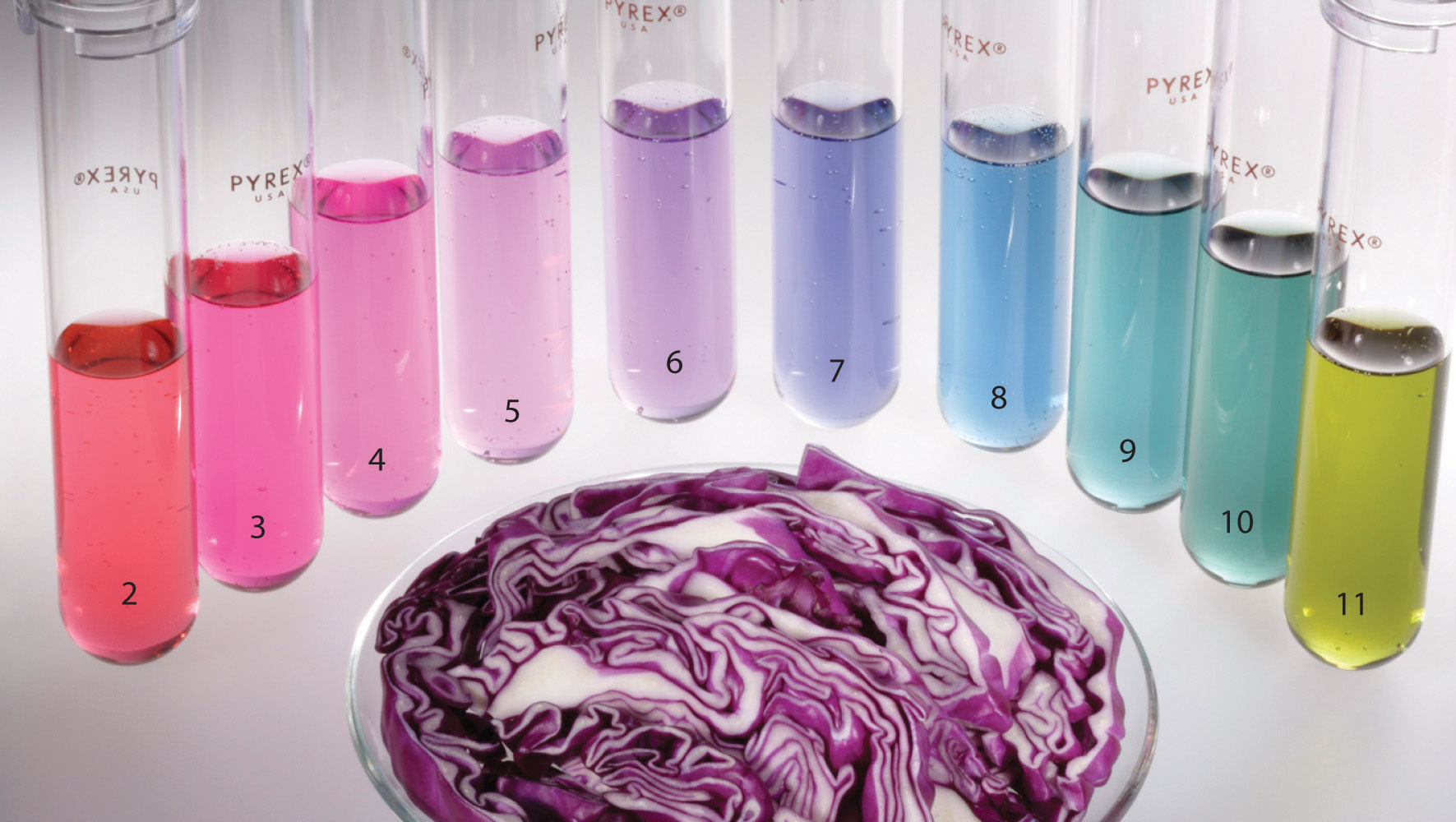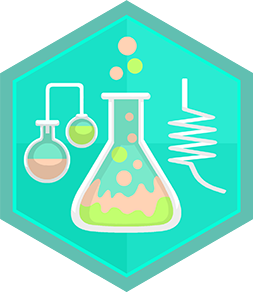Make a chemical indicator
Make a red cabbage pH indicator using chopped cabbage and warm water, then test household liquids to observe colorful pH changes safely.



Step-by-step guide to make a red cabbage pH indicator and test household liquids safely
Indicators | Chemical Tests | Chemistry | FuseSchool
Step 1
Gather all the materials on a clean table so everything is ready.
Step 2
Ask an adult to chop the red cabbage into small pieces on the cutting board.
Step 3
Put the chopped cabbage into the heatproof bowl.
Step 4
Ask an adult to heat water until it is warm but not boiling.
Step 5
Ask the adult to pour the warm water over the cabbage until the pieces are covered.
Step 6
Stir the cabbage and water gently with the spoon for about 30 seconds.
Step 7
Wait 10 to 15 minutes for the water to turn deep purple as the color comes out of the cabbage.
Step 8
Have an adult strain the purple cabbage liquid into clear cups so only the purple juice is left in the cups.
Step 9
Label each cup with the name of one household liquid you will test.
Step 10
Add a small spoonful of each household liquid into its labeled cup using a clean spoon for each test.
Step 11
Observe the color change in each cup and write down the new color next to the liquid name on your white paper plate or in your notebook.
Step 12
Rinse the spoons and cups and put away materials with the help of an adult.
Step 13
Take a photo and share your red cabbage pH indicator experiment and results on DIY.org.
Final steps
You're almost there! Complete all the steps, bring your creation to life, post it, and conquer the challenge!


Help!?
What can we use instead of red cabbage or a kitchen strainer if those are hard to find?
If you can't find red cabbage, steep chopped red onion skins or crushed frozen blueberries the same way in the heatproof bowl, and if you lack a strainer pour the mixture through a clean coffee filter or mesh sieve into the clear cups.
What should we do if the water doesn't turn deep purple after waiting 10–15 minutes in step 6?
If the liquid stays pale after step 6, have an adult pour nearly boiling water over the chopped cabbage, gently mash the pieces with the spoon, and wait another 10 minutes so more color extracts into the bowl before straining.
How can we adapt the steps for younger children or make it more challenging for older kids?
For toddlers, have an adult do the chopping and heating and let the child pour, label cups, and observe color changes, while older kids can measure exact spoonfuls, test more household liquids, and record colors and pH estimates in their notebook.
How can we extend or personalize the red cabbage pH indicator activity after recording the results?
Extend the experiment by creating a pH color chart on the white paper plate using known acids like vinegar and bases like a baking-soda solution in labeled cups, photographing the gradient, and then sharing the step-by-step results on DIY.org.
Watch videos on how to make a red cabbage pH indicator and test household liquids
Indicators Chemical Reaction
Facts about acid-base chemistry for kids
🌱 Anthocyanins that color red cabbage are the same plant pigments that give blueberries, grapes, and many flowers their colors.
🔴 In acidic solutions (pH below 7) red cabbage indicator usually turns pink, red, or magenta.
🔵 In basic (alkaline) solutions (pH above 7) it shifts toward blue, green, or even yellow in very strong bases.
🧪 Red cabbage juice works as a natural pH indicator because it contains anthocyanin pigments that change color with acidity and alkalinity.
🌈 You can make a rainbow of reactions testing common household items like lemon juice, vinegar, baking soda solution, soap, and soda.
How do I make a red cabbage pH indicator with my child?
What materials do I need to make a red cabbage pH indicator?
What ages is the red cabbage pH indicator activity suitable for?
What are the benefits, safety tips, and variations for the red cabbage pH indicator experiment?


One subscription, many ways to play and learn.
Only $6.99 after trial. No credit card required



